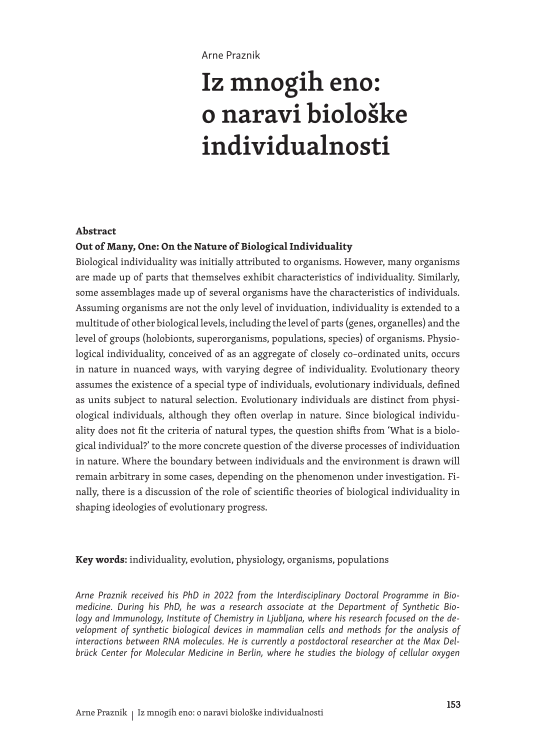Biological individuality was initially attributed to organisms. However, many organisms are made up of parts that themselves exhibit characteristics of individuality. Similarly, some assemblages made up of several organisms have the characteristics of individuals. Assuming organisms are not the only level of inviduation, individuality is extended to a multitude of other biological levels, including the level of parts (genes, organelles) and the level of groups (holobionts, superorganisms, populations, species) of organisms. Physiological individuality, conceived of as an aggregate of closely co–ordinated units, occurs in nature in nuanced ways, with varying degree of individuality. Evolutionary theory assumes the existence of a special type of individuals, evolutionary individuals, defined as units subject to natural selection. Evolutionary individuals are distinct from physiological individuals, although they often overlap in nature. Since biological individuality does not fit the criteria of natural types, the question shifts from ‘What is a biological individual?’ to the more concrete question of the diverse processes of individuation in nature. Where the boundary between individuals and the environment is drawn will remain arbitrary in some cases, depending on the phenomenon under investigation. Finally, there is a discussion of the role of scientific theories of biological individuality in shaping ideologies of evolutionary progress.




